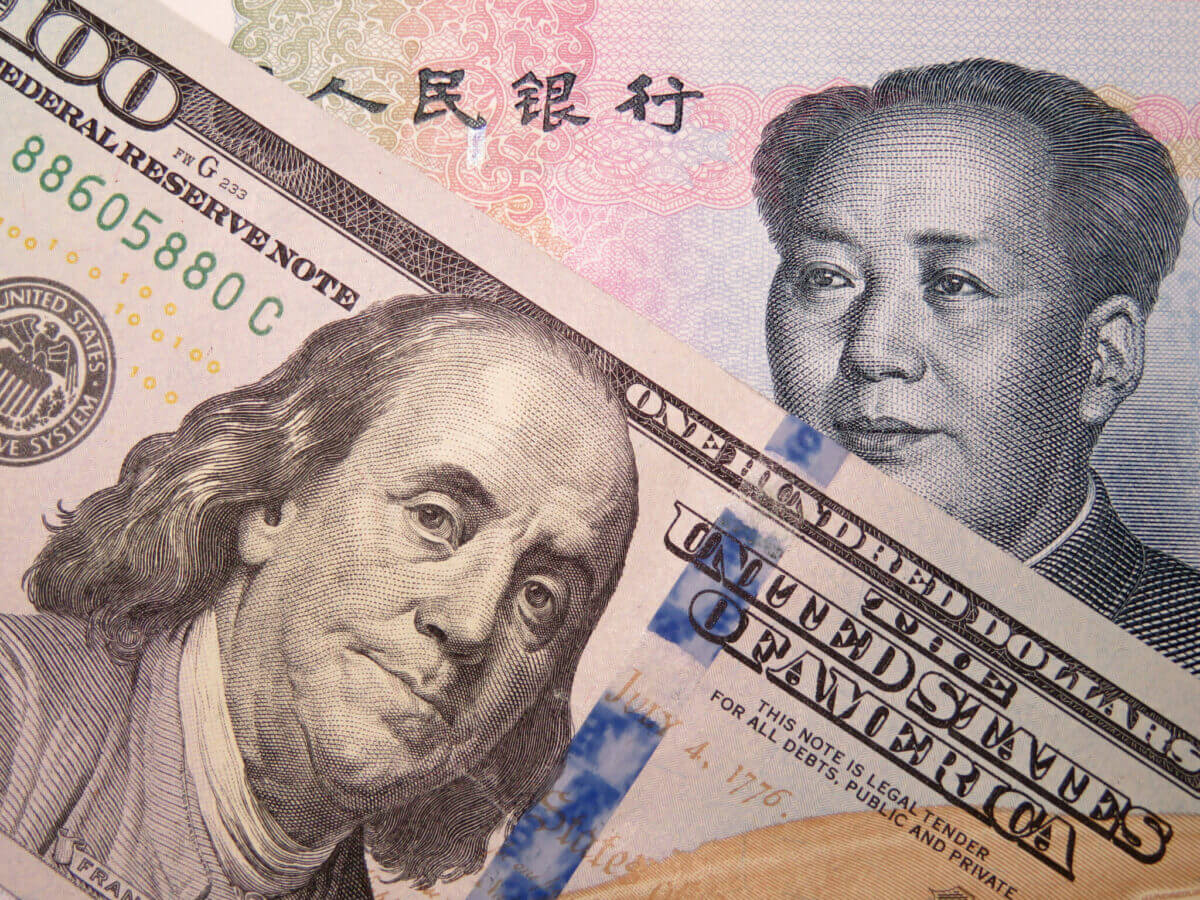
New Economic Threats for China
Brief Overview of Trade War
World’s economic giants have been on the dispute for two years already. Not much progress was made. As an answer to the current U.S. statements China plan was to impose new tariffs on American goods. However, China may have been too quick to pivot from foreign investment to domestic innovation with its Made in China 2025 plan.

To this day, the Chinese economy remains heavily dependent on foreign businesses both, the manufacturing and overseas marketing. Obviously, the government should have treated foreign capital better than they did.
China’s economic development is deteriorating day by day. It is facing the lowest levels of growth in decades. The preliminary third-quarter growth is an estimate of 6% to 6.5%, by far is the slowest ever forecast. Even though trade negotiations with the U.S have resumed and the global stock markets have stabilized, China is still facing economic loss.
China’s economic excellence comes from its ability to provide massive cheap labor. Compared to other industrial nations China is leading the cheap labor market. However, trade war chaos could eliminate the country’s manufacturing advantage and move critical foreign investment elsewhere.
Here are the main issues that could damage China’s economy.
The middle-income trap
As China’s rapid development has raised the economic tide, wages have risen in turn. For its 1.4 billion citizens, the U.S tariffs were a low blow. This “middle-income trap” threatens the country’s low-cost labor market, as manufacturing interests and earnings move away from China for other cheaper nations.

At current wage levels, China’s return on capital for manufacturers levels the ones of the emerging manufacturing states, like Bangladesh and Vietnam. In addition, The U.S-China trade war could aggravate Chinese citizens even more, and push them into migration. This would bring a completely new level of negative implications for China.
Even though, China was optimistic for its endurance policy by relying on GDP (gross domestic product). However, it did not keep up with the expectations. China was trying to reduce its reliance with the U.S. and diversify its supply chains. For now, a meaningful decline in domestic investment is likely going forward.
Declining population
Demographic data showed China’s working population is considerably shrinking. Ever since the start of the 2010s, the trend became noticeable and it projects a net decline in population starting as soon as 2032.
The middle-income trap and a population decline is an insane economical combination and is quite rare for a country of China’s economic strength. These two factors pose a difficult challenge for China. At the same time, the country must also deal with the trade war initiated by the US president.
-
Support
-
Platform
-
Spread
-
Trading Instrument




